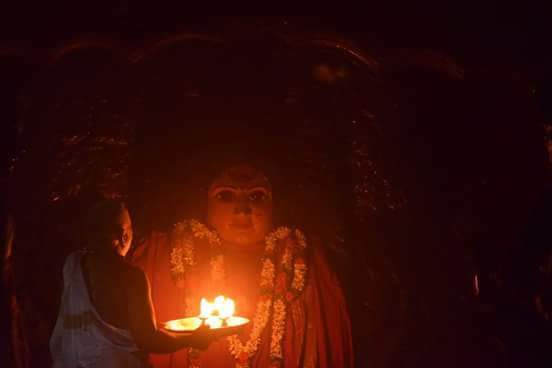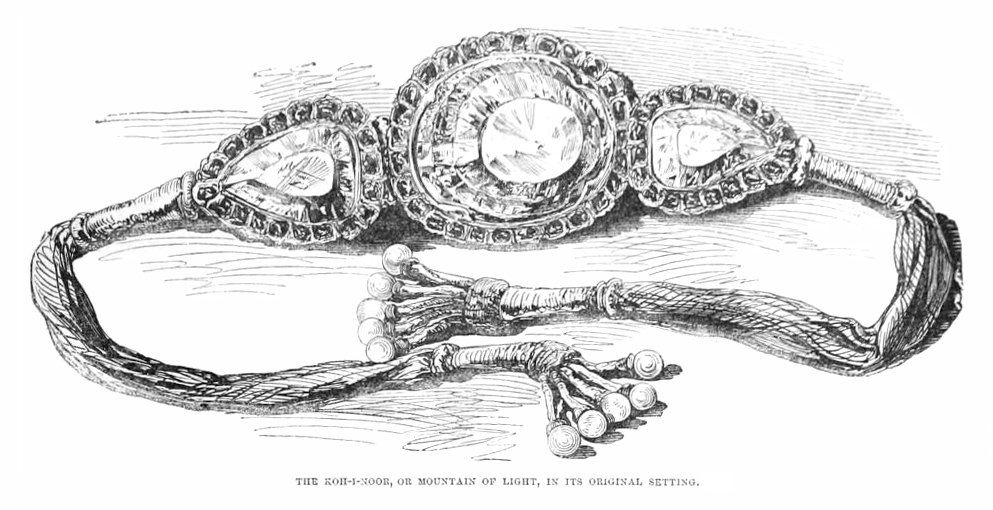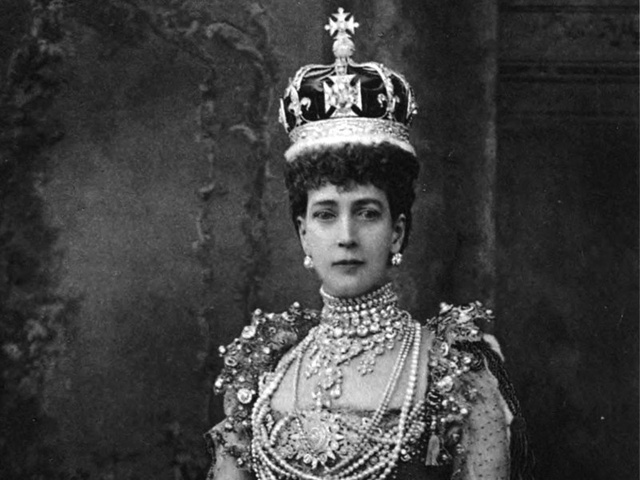We’ve seen in the history, how the wealth was moved from one country to other through the wars and invasions. You’re going to read an incredible story of ‘the precious diamond’ whose journey has started from a small village somewhere in India to the crown of the world’s most powerful.
The Origin of the Diamond
The birth place of this world famous diamond is Kollur, a small village, in the district of Guntur, Andhra Pradesh, India. It was one of the most productive diamond mine in the world till the mid 19th century. This mine is situated on the right bank of the eminent Krishna River. When the production of diamond was at its highest level in this region, it was recorded that nearly 60,000 people were employed in the mine, which includes not just men and women, but also children of all age groups. There is no record of its original weight, but the earliest well-attested weight is 186 old carats (191 metric carats or 38.2 g). This Diamond is holding a history of around 1000 years (As per Records).
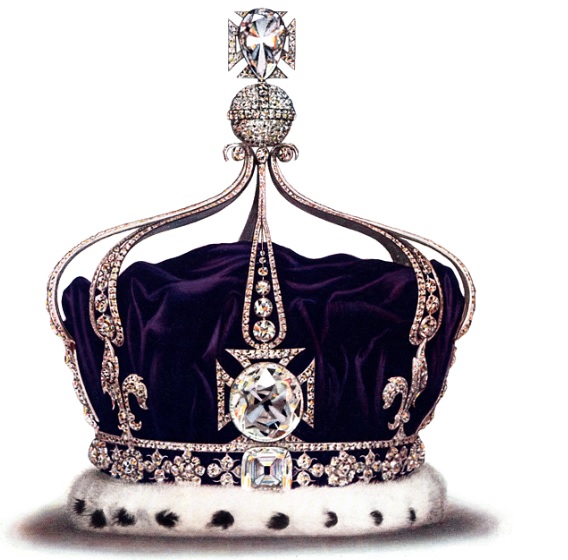
As an Eye to Goddess Kali
It was initially owned by the rulers of kakatiya dynasty, one of the great and powerful dynasties of India, mostly ruled the southern parts of India. They donated this precious diamond to their “Family Diety (Kula Devatha)” Sri Bhadra Kali Temple, and it was installed as the left eye of Goddess Bhadrakali by the Kakatiya Dynasty in 11th century, the golden period for kakatiya dynasty.
As per Archaeological Survey of India and Temple records, In 1323 CE During the invasion, Muhammad bin Tughluq of delhi sultanate captured the kakatiya ruler Pratapa Rudra alive and destroyed the city Orugallu (Current name is Warangal) the capital city of kakatiyas. During this invasion, he took away the ‘precious Diamond’ along with other jewellery found in the temples, looted and destroyed the fort of Warangal.
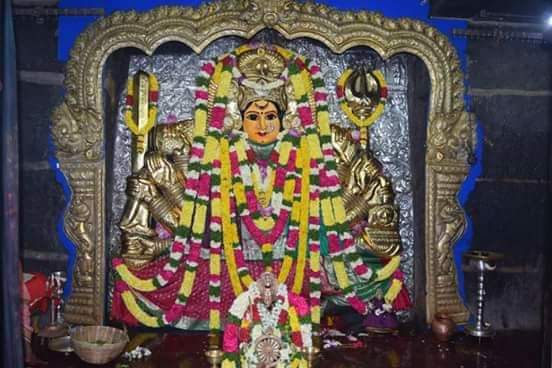
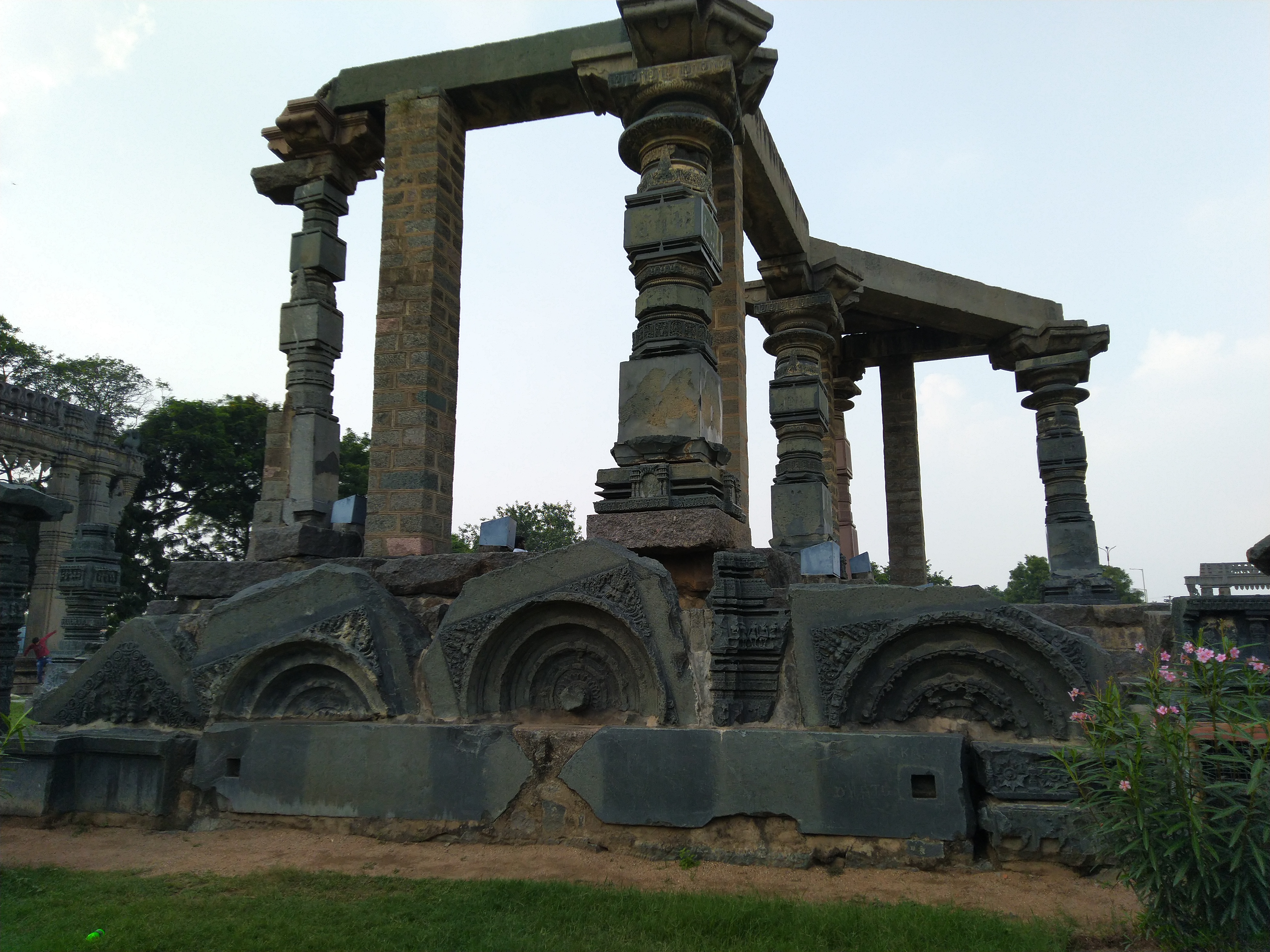
With Mughal Empire
Babur, the Turco-Mongol founder of the Mughal Empire, wrote about a “famous” diamond that weighed just over 187 old carats – approximately the size of the 186-carat Koh-i-Noor. Some historians think Babur’s diamond is the earliest reliable reference to the Koh-i-Noor. According to his diary, it was acquired by Alauddin Khalji, second ruler of the Khalji dynasty of the Delhi Sultanate, when he invaded the kingdoms of southern India at the beginning of the 14th century. It later passed to succeeding dynasties of the Sultanate, and Babur received the diamond in 1526 as a tribute for his conquest of Delhi and Agra at the Battle of Panipat.
Shah Jahan, the fifth Mughal emperor, had the stone placed into his ornate Peacock Throne. In 1658, his son and successor, Aurangzeb, confined the ailing emperor to Agra Fort. While in the possession of Aurangzeb, it was allegedly cut by Hortenso Borgia, a Venetian lapidary, reducing the weight of the large stone to 186 carats (37.2 g). For this carelessness, Borgia was reprimanded and fined 10,000 rupees. According to recent research, the story of Borgia cutting the diamond is not correct, and most probably mixed up with the Orlov, part of Catherine the Great’s imperial Russian sceptre in the Kremlin.
The Name Koh – i -Noor, and with Nader Shah
Following the 1739 invasion of Delhi by Nader Shah, the Afsharid Shah of Persia, the treasury of the Mughal Empire was looted by his army in an organised and thorough acquisition of the Mughal nobility’s wealth. Along with millions of rupees and an assortment of historic jewels, the Shah also carried away the Koh-i-Noor. He exclaimed Koh-i-Noor!, Persian for “Mountain of Light”, when he obtained the famous stone.

The value of Kohinoor in the words of Shah’s Consort,
One of his consorts said, “If a strong man were to throw four stones – one north, one south, one east, one west, and a fifth stone up into the air – and if the space between them were to be filled with gold, all would not equal the value of the Koh-i-Noor”.
Journey a way Back to India
After Nader Shah was killed and his empire collapsed in 1747, the Koh-i-Noor fell to his grandson, who in 1751 gave it to Ahmad Shah Durrani, founder of the Afghan Empire, in return for his support.One of Ahmed’s descendants, Shuja Shah Durrani, wore a bracelet containing the Koh-i-Noor on the occasion of Mountstuart Elphinstone’s visit to Peshawar in 1808. A year later, Shujah formed an alliance with the United Kingdom to help defend against a possible invasion of Afghanistan by Russia. He was quickly overthrown, but fled with the diamond to Lahore, where Ranjit Singh, founder of the Sikh Empire, in return for his hospitality, insisted upon the gem being given to him, and he took possession of it in 1813.
In 1893, the diamond returned to it’s mother land, but that’s not the end….
Acquisition by Queen Victoria
Its new owner, Ranjit Singh, willed the diamond to the East India Company administered Hindu Jagannath Temple in Puri, in modern-day Odisha, India. However, after his death in 1839, his will was not executed. On 29 March 1849, following the conclusion of the Second Anglo-Sikh War, the Kingdom of Punjab was formally annexed to Company rule, and the Last Treaty of Lahore was signed, officially ceding the Koh-i-Noor to Queen Victoria and the Maharaja’s other assets to the company. Article III of the treaty read: “The gem called the Koh-i-Noor, which was taken from Shah Sooja-ool-moolk by Maharajah Ranjeet Singh, shall be surrendered by the Maharajah of Lahore to the Queen of England (sic)”.
The Governor-General in charge of the ratification of this treaty was the Marquess of Dalhousie. The manner of his aiding in the transfer of the diamond was criticized even by some of his contemporaries in Britain. Although some thought it should have been presented as a gift to Queen Victoria by the East India Company, it is clear that Dalhousie believed the stone was a spoil of war, and treated it accordingly, ensuring that it was officially surrendered to her by Duleep Singh, the youngest son of Ranjit Singh. The presentation of the Koh-i-Noor by the East India Company to the queen was the latest in a long history of transfers of the diamond as a coveted spoil of war. Duleep Singh had been placed in the guardianship of Dr John Login, a surgeon in the British Army serving in the Presidency of Bengal. Duleep Singh would move to England in 1854.
Finally to the United Kingdom
In due course, the Governor-General received the Koh-i-Noor from Dr Login,who had been appointed Governor of the Citadel, on 6 April 1848 under a receipt dated 7 December 1849, in the presence of members of the Board of Administration for the affairs of the Punjab: Sir Henry Lawrence (President), C. G. Mansel, John Lawrence and Sir Henry Elliot (Secretary to the Government of India).
Legend in the Lawrence family has it that before the voyage, John Lawrence left the jewel in his waistcoat pocket when it was sent to be laundered, and was most grateful when it was returned promptly by the valet who found it.
On 1 February 1850, the jewel was sealed in a small iron safe inside a red dispatch box, both sealed with red tape and a wax seal and kept in a chest at Bombay Treasury awaiting a steamer ship from China. It was then sent to England for presentation to Queen Victoria in the care of Captain J. Ramsay and Brevet Lt. Col F. Mackeson under tight security arrangements, one of which was the placement of the dispatch box in a larger iron safe. They departed from Bombay on 6 April on board HMS Medea, captained by Captain Lockyer.
The ship had a difficult voyage: an outbreak of cholera on board when the ship was in Mauritius had the locals demanding its departure, and they asked their governor to open fire on the vessel and destroy it if there was no response. Shortly afterwards, the vessel was hit by a severe gale that blew for some 12 hours.
On arrival in Britain on 29 June, the passengers and mail were unloaded in Plymouth, but the Koh-i-Noor stayed on board until the ship reached Spithead, near Portsmouth, on 1 July. The next morning, Ramsay and Mackeson, in the company of Mr Onslow, the private secretary to the Chairman of the Court of Directors of the British East India Company, proceeded by train to East India House in the City of London and passed the diamond into the care of the chairman and deputy chairman of the East India Company.
The Koh-i-Noor was formally presented to Queen Victoria on 3 July 1850 at Buckingham Palace by the deputy chairman of the East India Company. The date had been chosen to coincide with the Company’s 250th anniversary.
The Great Exhibition
Members of the public were given a chance to see the Koh-i-Noor when The Great Exhibition was staged at Hyde Park, London, in 1851. It represented the might of the British Empire and took pride of place in the eastern part of the central gallery.
Its mysterious past and advertised value of £1–2 million drew large crowds. At first, the stone was put inside a gilded birdcage, but after complaints about its dull appearance, the Koh-i-Noor was moved to a case with black velvet and gas lamps in the hope that it would sparkle better. Despite this, the flawed and asymmetrical diamond still failed to please viewers.
The 1852 re-cutting
Originally, the diamond had 169 facets and was 4.1 centimetres (1.6 in) long, 3.26 centimetres (1.28 in) wide, and 1.62 centimetres (0.64 in) deep. It was high-domed, with a flat base and both triangular and rectangular facets, similar in overall appearance to other Mughal era diamonds which are now in the Iranian Crown Jewels.
Disappointment in the appearance of the stone was not uncommon. After consulting various mineralogists, including Sir David Brewster, it was decided by Prince Albert, the husband of Queen Victoria, with the consent of the government, to polish the Koh-i-Noor. One of the largest and most famous Dutch diamond merchants, Mozes Coster, was employed for the task. He sent to London one of his most experienced artisans, Levie Benjamin Voorzanger, and his assistants.
On 17 July 1852, the cutting began at the factory of Garrard & Co. in Haymarket, using a steam-powered mill built specially for the job by Maudslay, Sons and Field. Under the supervision of Prince Albert and the Duke of Wellington, and the technical direction of the queen’s mineralogist, James Tennant, the cutting took thirty-eight days. Albert spent a total of £8,000 on the operation, which reduced the weight of the diamond from 186 old carats (191 modern carats or 38.2 g) to its current 105.6 carats (21.12 g). The stone measures 3.6 cm (1.4 in) long, 3.2 cm (1.3 in) wide, and 1.3 cm (0.5 in) deep.[43] Brilliant-cut diamonds usually have fifty-eight facets, but the Koh-i-Noor has eight additional “star” facets around the culet, making a total of sixty-six facets.
The great loss of weight is to some extent accounted for by the fact that Voorzanger discovered several flaws, one especially big, that he found it necessary to cut away. Although Prince Albert was dissatisfied with such a huge reduction, most experts agreed that Voorzanger had made the right decision and carried out his job with impeccable skill. When Queen Victoria showed the re-cut diamond to the young Maharaja Duleep Singh, the Koh-i-Noor’s last non-British owner, he was apparently unable to speak for several minutes afterwards.
The much lighter but more dazzling stone was mounted in a honeysuckle brooch and a circlet worn by the queen. At this time, it belonged to her personally, and was not yet part of the Crown Jewels. Although Victoria wore it often, she became uneasy about the way in which the diamond had been acquired. In a letter to her eldest daughter, Victoria, Princess Royal, she wrote in the 1870s: “No one feels more strongly than I do about India or how much I opposed our taking those countries and I think no more will be taken, for it is very wrong and no advantage to us. You know also how I dislike wearing the Koh-i-Noor“.
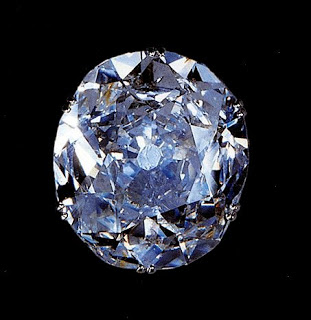
Crown Jewel
After Queen Victoria’s death, the Koh-i-Noor was set in the Crown of Queen Alexandra, the wife of Edward VII, that was used to crown her at their coronation in 1902. The diamond was transferred to Queen Mary’s Crown in 1911, and finally to The Queen Mother’s Crown in 1937. When The Queen Mother died in 2002, the crown was placed on top of her coffin for the lying-in-state and funeral.
All these crowns are on display in the Jewel House at the Tower of London with crystal replicas of the diamond set in the older crowns. The original bracelet given to Queen Victoria can also be seen there. A glass model of the Koh-i-Noor shows visitors how it looked when it was brought to the United Kingdom. Replicas of the diamond in this and its re-cut forms can also be seen in the ‘Vault’ exhibit at the Natural History Museum in London.
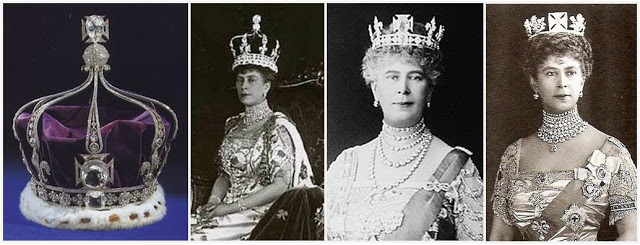
During the Second World War, the Crown Jewels were moved from their home at the Tower of London to Windsor Castle. In 1990, The Sunday Telegraph, citing a biography of the French army general, Jean de Lattre de Tassigny, by his widow, Simonne, reported that George VI hid the Koh-i-Noor at the bottom of a pond or lake near Windsor Castle, about 32 km (20 miles) outside London, where it remained until after the war. The only people who knew of the hiding place were the king and his librarian, Sir Owen Morshead, who apparently revealed the secret to the general and his wife on their visit to England in 1949.
Ownership dispute Continues
The Koh-i-Noor has long been a subject of diplomatic controversy, with India, Pakistan, Iran, and Afghanistan all demanding its return from the UK at various points.
The efforts of Indian governments to bring back Kohinoor
The Government of India, believing the gem was rightfully theirs, first demanded the return of the Koh-i-Noor as soon as independence was granted in 1947. A second request followed in 1953, the year of the coronation of Queen Elizabeth II. Each time, the British government rejected the claims, saying that ownership was non-negotiable.
In 2000, several members of the Indian Parliament signed a letter calling for the diamond to be given back to India, claiming it was taken illegally. British officials said that a variety of claims meant it was impossible to establish the diamond’s original owner,[53] and that it had been part of Britain’s heritage for more than 150 years.
In July 2010, while visiting India, David Cameron, the Prime Minister of the United Kingdom, said of returning the diamond, “If you say yes to one you suddenly find the British Museum would be empty. I am afraid to say, it is going to have to stay put”. On a subsequent visit in February 2013, he said, “They’re not having that back”.
In April 2016, the Indian Culture Ministry stated it would make “all possible efforts” to arrange the return of the Koh-i-Noor to India. It was despite the Indian Government earlier conceding that the diamond was a gift. The Solicitor General of India had made the announcement before the Supreme Court of India due to public interest litigation by a campaign group. He said “It was given voluntarily by Ranjit Singh to the British as compensation for help in the Sikh wars. The Koh-i-Noor is not a stolen object”.
The Voice of Afghanistan
In 2000, the Taliban’s foreign affairs spokesman, Faiz Ahmed Faiz, said the Koh-i-Noor was the legitimate property of Afghanistan, and demanded for it to be handed over to the regime. “The history of the diamond shows it was taken from us (Afghanistan) to India, and from there to Britain. We have a much better claim than the Indians”, he said. The Afghan claim derives from Shah Shuja Durrani memoirs, which states he surrendered the diamond to Ranjit Singh while Singh was having his son tortured in front of him, so argue the Maharajah of Lahore acquired the stone illegitimately.
